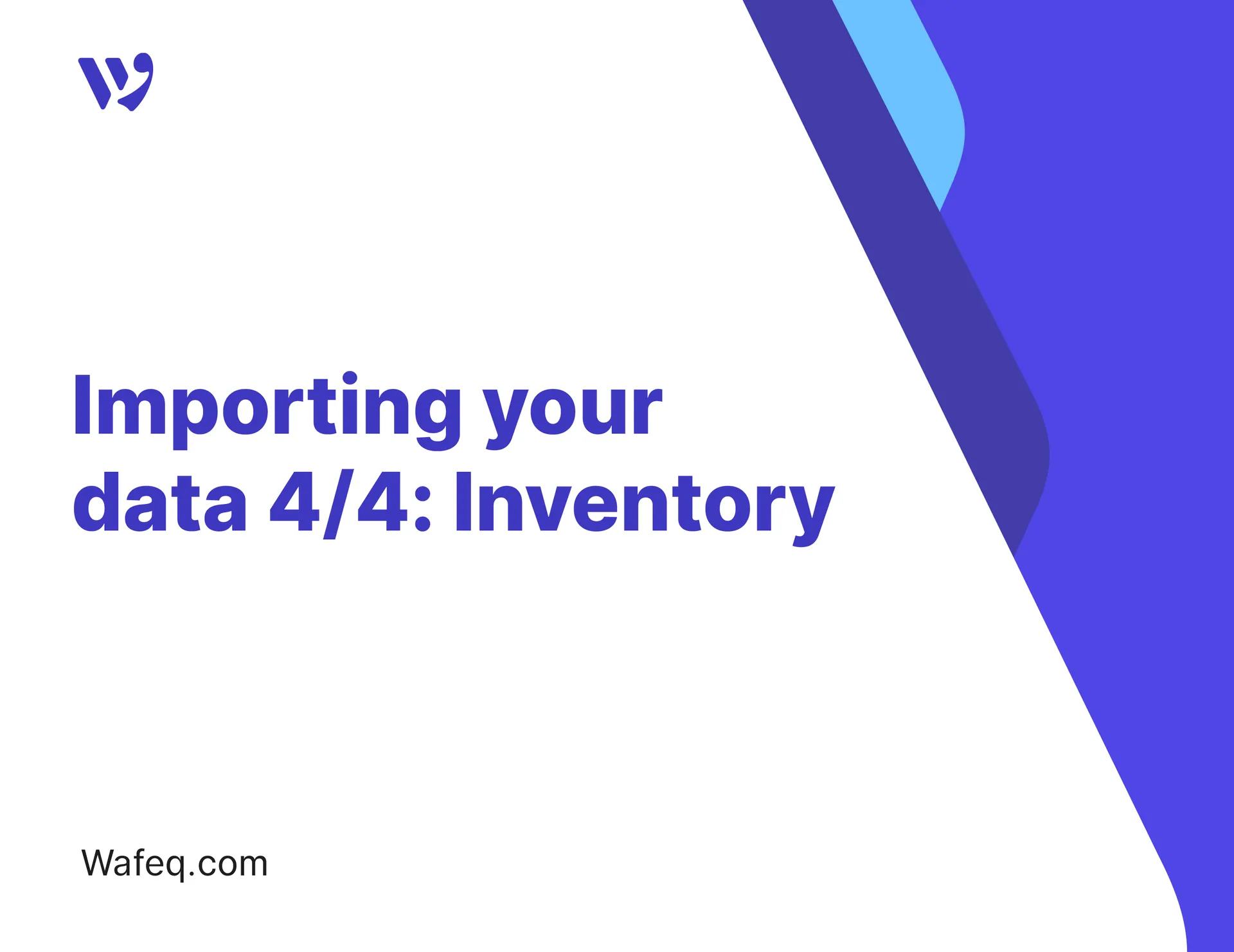Inviting users and managing users permissions

Business success depends on team collaboration and a clear division of roles and responsibilities. That’s where user management in Wafeq’s accounting system becomes essential.
With user management, you can invite team members to join your company account and assign them the appropriate roles and permissions based on their responsibilities, whether you’re adding an accountant, a manager, an employee, or even creating a custom role with specific tasks.
This guide walks you through how to invite users, assign roles, and link them to the right employees, step by step.
Inviting New Users to Your Company
To start inviting new users, go to the top-left corner of the screen and click on your company name. From the dropdown menu, select Manage and Invite Users.
A pop-up window will appear, allowing you to fill in the details of the user you want to invite.
Here's what to do:
- Email: Enter the user's email address.
- Mapped to Employee: Select the employee this user should be linked to in the
Mapped to Employee column. - Role: Choose the appropriate role for the user from the dropdown list (e.g., Accountant, Manager, etc.).
Once the information is filled in, click Send to send the invitation.
If you close the pop-up window, you can always reopen it by clicking the Invite Users button again.
After sending the invitation, you can check its status by navigating to the Invitations tab on the Users page. The status will appear as "Sent" until the user accepts the invitation.
Accepting the Invitation
The invited user will receive an email notification prompting them to join the company on Wafeq.
To accept, they simply need to click the Accept Invite button in the email. They’ll then be redirected to Wafeq to confirm their access.
The invitation status will then automatically update in the system from Sent to Accepted.
To delete a user, right-click on the row of the user you want to remove, then select Delete row from the dropdown menu.
Note: The owner cannot be deleted.
Note: The owner cannot be deleted.
Managing Role Permissions
Adding users to your account is only the first step; it’s just as important to define exactly what each user can see and do within the system. This is where roles and permissions come into play, allowing you to assign the right level of access based on each person’s responsibilities.
To manage roles, go to the top-left corner of the screen and click on your company name. From the dropdown menu, select Manage Users, then go to the Roles tab.
Wafeq provides a set of default roles out of the box:
- Owner: Has full access to the account, including the ability to remove any user, even managers.
- Admin: Admins have full access to your Wafeq account.
- Accountant: Accountants have full access to your Wafeq account, except for inviting users, managing users, and your subscription plan.
- Viewer: Viewers have read-only full access, meaning they will not be able to modify anything in your organization. They will not be able to view the Manager Users sheet.
- Employee: Employees will have access to the Expense Claims module only if you map them to an employee in the Mapped to employee column and set their Role to Employee.
Adding a New Role
The default roles help you get started quickly, but you can also create custom roles that match your company’s specific needs.
To begin, go to the top-left corner of the screen and click on your company name. From the dropdown menu, select Manage Users, then open the Roles tab.
You can add a new role directly by using the empty row at the bottom of the table.
- Click the empty field under the "Name" column to enter the role title, then start selecting the permissions the role should have, such as viewing pages, editing data, or accessing reports. This way, you can create a custom role tailored to the user’s responsibilities within the company.
To delete a role, right-click on the row of the role you want to remove, then select Delete Row from the dropdown menu.
Note:
Note:
You won’t be able to delete a role if it’s currently assigned to a user or linked to an employee in the system. Additionally, default roles like Owner, Manager, and Accountant cannot be deleted.


![New Product Features [March-2023]](https://firebasestorage.googleapis.com/v0/b/wafeq-docs.appspot.com/o/medias%2Fd68397dc_Help Center - EN Article Cover-22.png?alt=media)






.png?alt=media)



